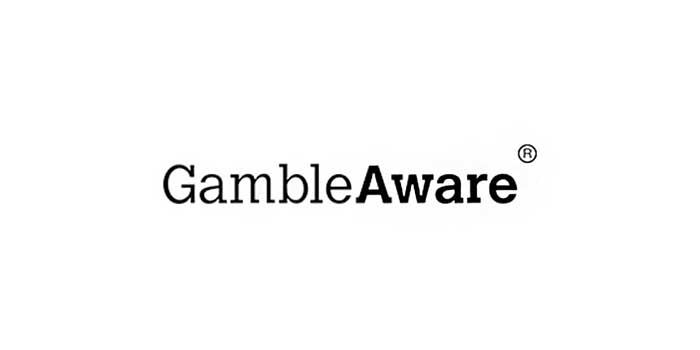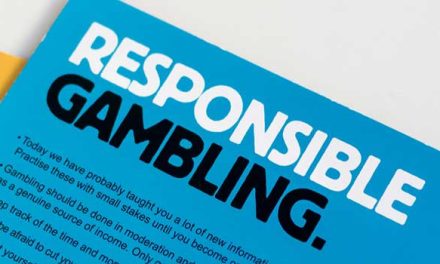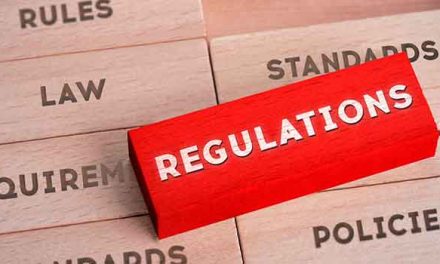The UK’s system for tackling gambling-related harm is set for a major overhaul as a new statutory levy takes effect, shifting responsibility from charities to public health authorities. As part of the change, GambleAware has announced it will begin a managed wind-down, closing operations by March 2026.
Public Health Approach to Take the Reins as Soon as October
The new levy, expected to raise £100 million annually, will be collected from gambling operators based on their gross gambling yield, ranging from 0.1% to 1.1% depending on activity type and risk level. Funds will support research, education, and treatment efforts now led by NHS England, the Office for Health Improvement and Disparities (OHID), and UK Research and Innovation (UKRI), with Scotland and Wales overseeing local transitions.
Operators must begin payments by October 1, marking a significant shift toward a public health-led approach that has long been advocated by campaigners and experts.
GambleAware’s Final Steps and Stakeholder Response
Since 2017, GambleAware has played a central role in UK gambling harm reduction, commissioning national campaigns and running the National Gambling Support Network and Gambling Helpline, which handles over 40,000 calls annually.
While welcoming the statutory levy, the charity’s trustees acknowledged the shift as “a natural evolution” and urged new commissioners to build on current systems and carry forward key learnings. GambleAware will continue its commissioning work until the new framework becomes fully operational in April 2026.
Government officials, including Baroness Twycross, framed the transition as a necessary step to strengthen existing support systems and prevent service disruption. However, not everyone in the sector is reassured.
Jordan Lea, CEO of Deal Me Out, criticised the move, warning it reflected deeper problems in the government’s rollout and highlighted recent job losses as evidence of poor planning. Meanwhile, GamCare stated it would engage NHS England and others “at the earliest opportunity” to ensure continuity of support.
The spotlight now remains on how effectively this transition will serve those affected by gambling harms and whether the public health system is ready to take the lead.





